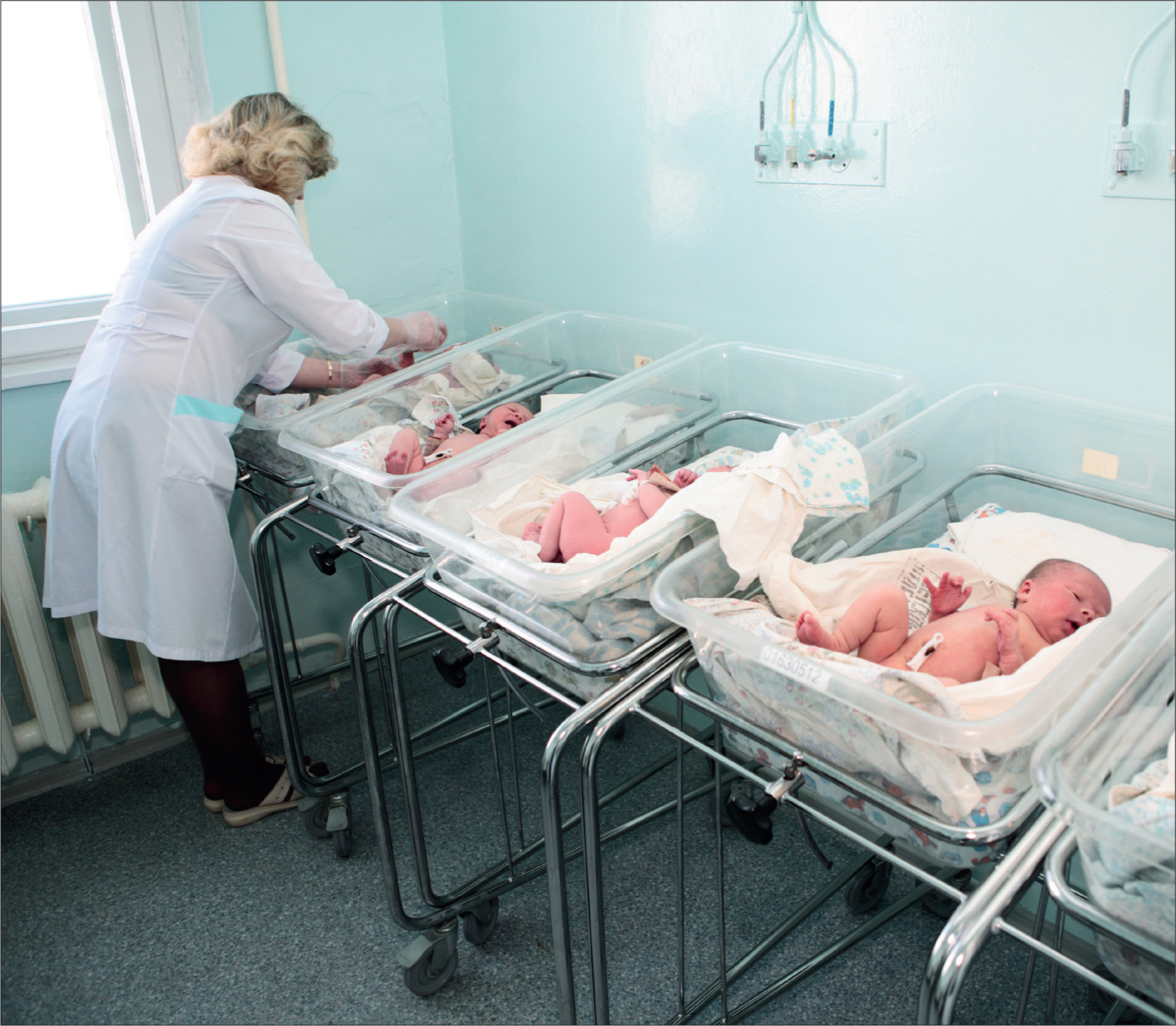The international year of the midwife (and nurse) is nearly upon us. Throughout the year 2020, the whole world will be focused upon our professions. As such, we have an opportunity to shape how we showcase ourselves and transform perceptions about who we are and what we do. Since I began practising as a midwife in academia, I have often heard phrases like, ‘So you don't do midwifery anymore’? and ‘Are you ever going to go back to midwifery?’. When I explain that I am indeed a currently practising, registered midwife, I am subsequently greeted with a look of scepticism, presumably because I no longer physically catch babies.
Throughout 2020, the highlighting of such varying roles may see perceptions transformed and provide opportunities to showcase the variety of roles in which midwives can now practice. Moreover, 2020 will provide us with further prospects to ensure that these diverse roles are suitably acknowledged and respected, both within and outside of the midwifery profession.
The new standards for the future midwife will also be launched early next year. Consequently, aside from clinical practice, the future midwife will be enabled to build a lifelong career in education, research, management, leadership and policy. With such new careers come new opportunities, and midwives may choose to revalidate to renew their registration with the Nursing and Midwifery Council (NMC) without necessarily providing direct clinical care. Roles in commissioning, consultancy, education, management, policy, quality assurance, inspection and research can also be mapped to our standards for competence (NMC, 2009) and the four themes of the NMC (2018) code. But as we begin to diversify the types of impact we make as midwives, it will be important to ensure that wider perceptions are kept up to speed.

I currently practise as an academic midwife within Coventry University. Here, my role enables me to create impact on education and research. While I may enjoy fewer instances of creating an impact on a case-by-case basis, the opportunities for creating a broader impact is what motivates me as a midwife now. I have shared my views extensively on the great impact academic midwives can have upon those childbearing and their families, and of course the research midwife can also form an integral part of the multidisciplinary research team in clinical practice (Rowland and Jones, 2013).
This role also carries a job title I would certainly be drawn to, especially in a profession such as midwifery, where there are reportedly limited opportunities for progression (Royal College of Midwives, 2016). Yet, I have recently been jaded at some of the perceptions I have observed about the role of the research midwife. For example, while research midwives often recruit participants and collect data as part of the wider research team, I have noticed that they can sometimes be left with little recognition and remain absent in the co-authoring of final publications. When I have questioned this practice with principal investigators, it is clear that the research midwife is not always viewed as an equal member of the research team, as they may be more so within the wider academic world. The identity of an academic has historically been centralised around having a role within a university, and the tensions underlying academic-practitioner relationships have broadly been discussed elsewhere (Bartunek and Rynes, 2014).
However, research has demonstrated that up to 72% of authors working in non-university settings who actively collaborate and publish with other scientists also self-identify as academics (Okraku et al, 2017). Therefore, should the research midwife be more actively involved in co-authorship and collaborations, they may too more readily self-identify as academics. Subsequently, with the spotlight on such roles during 2020, new opportunities may present in challenging such tensions by raising the midwife's profile in research overall.
‘While research midwives often recruit participants and collect data as part of the wider research team, I have noticed that they can sometimes be left with little recognition’
Equally, midwives with policy and advisory roles are key in ensuring that the profession has a voice in shaping the quality and safety of healthcare provided overall. Sadly, I hear of midwives in such roles feeling as though they have not been heard and fighting to change perceptions concerning our profession. Furthermore, my recent research activities have also uncovered how data on midwifery populations are often amalgamated into data associated with other professional groups as if we are not to be acknowledged in our own right. I would argue that this lack of demarcation has led to the impaired development of midwifery knowledge in some areas. Therefore, the international year of the midwife must be dominated by our unique professional voice and we must find new ways to be heard.

Every birth is touched by a midwife, yet this touch is not always a physical one. Sometimes our influence is carried via a variety of non-clinical roles, which in turn enable our profession to grow and flourish in a myriad of ways. I hope that the spotlight placed upon the midwifery profession next year will provide us with an opportunity to flourish and change perceptions. This with the aim of having more value placed upon the midwifery profession and its voice worldwide.


